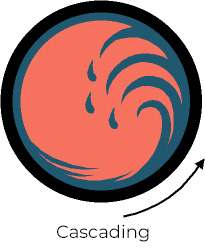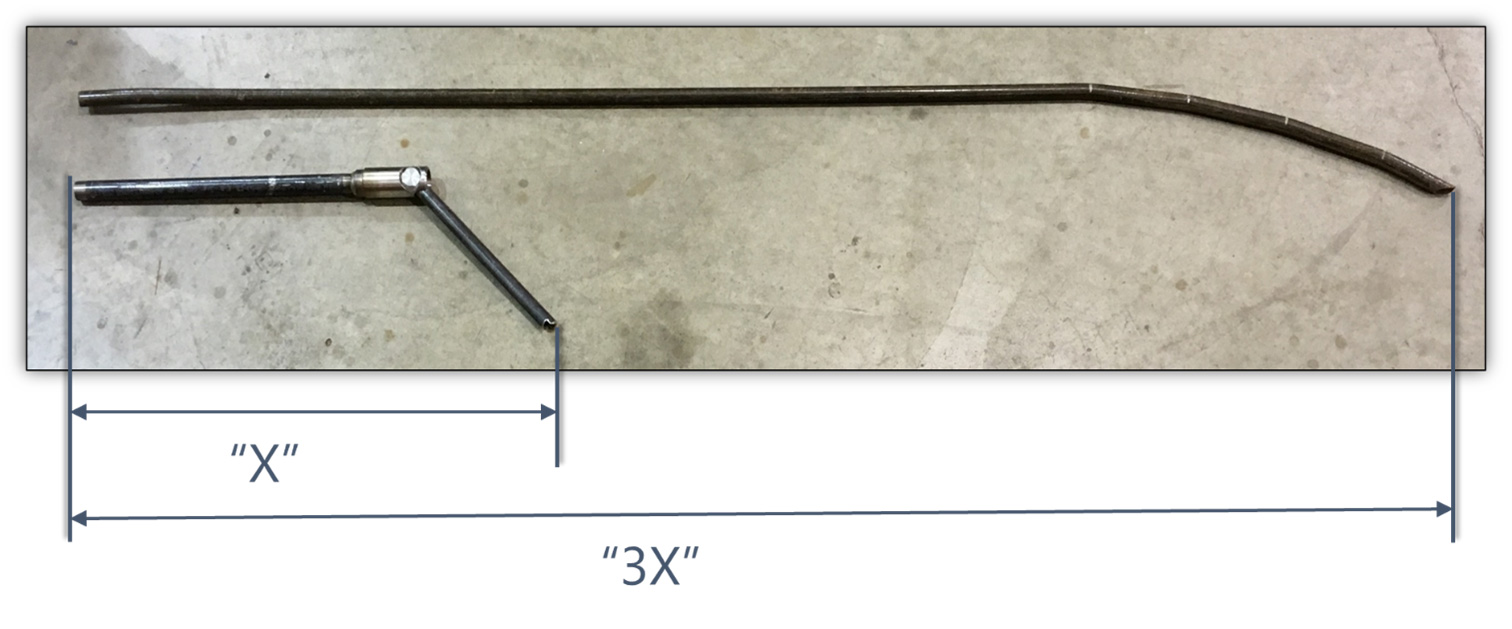Myth-Busters: High-Speed Corrugator Misconceptions
Corrugator operators run their machines based on data, experience, and conventional wisdom. I’ve found conventional wisdom helps simplify complex processes to get better results, but the current conventional wisdom does not always apply to high-speed corrugators. I’ve outlined four of the most common misconceptions I hear in the field and the true science behind high-speed corrugators.
Four Common High-Speed Corrugator Myths
1) A trapped system is adquate for modern high-speed corrugators.
Trapped systems prevent blow-through steam from escaping the roll and venting to atmosphere or returning to the boiler. The challenge with trapped systems in high-speed corrugators is they impede the blow-through steam and differential pressures needed to efficiently evacuate condensate and achieve high-heat transfer rates.
A better solution is a ThermoMax® steam system which controls the blow-through steam and differential pressure across each roll. It integrates the steam system, steam joints, and syphons for controllable flow. A condensate seperator tank with level control valves and a thermcompressor are used to recycle the blow-through steam back into the system. The steam energy is recaptured without the use of steam traps and without impeding condensate flow.
 ThermoMax Thermocompressor
ThermoMax Thermocompressor
2) Syphon clearance is important - the closer the better.
Syphon clearance is important, but if the syphon is too close to the shell, the condensate will rim, creating an insultative layer on the shell. A Goldilock clearance is ideal. The syphon needs to be close enough to the shell to prevent flooding, but far enough away that the condensate layer will collapse under it’s own weight. This cascading motion maximizes turbulent flow and maximizes heat transfer.
3) Syphons positioned in the middle of the vessel provide more even heat transfer.
Where the condensate is removed in the roll does not impact heat transfer. The key to even heat transfer is turbulent condensate movement across the shell and efficient removal of condensate.
 Corrugator roll with rigid stationary syphon
Corrugator roll with rigid stationary syphon
4) Bent tube syphons are more robust and provide better reliability.
Bent tube syphons move erratically and are prone to breaking. They are gradually curved to fit through a roll journal and are three times longer than Kadant Johnson rigid stationary syphons. Their long length causes them to “dance” as they are impacted by the condensate in the corrugator roll. Movement in and out of the condensate causes inconsistent condensate removal and can lead to metal fatigue failure. A rigid stationary syphon is precisely positioned to maintain a layer of condensate that continuously cascades, creating turbulent movement and efficient heat transfer.
 Bent tube syphon versus Kadant Johnson rigid stationary syphon
Bent tube syphon versus Kadant Johnson rigid stationary syphon
Let's Connect
Connect with Kadant Johnson on LinkedIn to learn more about our employees, products, and services.
